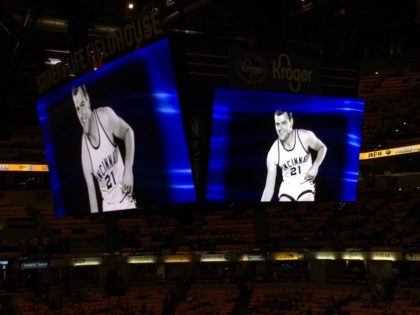
Pacer Tribute via Stephen Beard, IndyStar
The “Muncie Mortar”, the “Blonde Bomber”, “Commissioner”. Ron Bonham went by many titles. He was a Hoosier through and through, and an exemplary role model on and off the court.
In his basketball career, Bonham was inducted into both the Indiana Basketball Hall of Fame and the University of Cincinnati Basketball Hall of Fame (with two NCAA championships), he won championships with the NBA’s Boston Celtics, and was an original first year Indiana Pacer in the American Basketball Association.
Off the court, he served as a public figure in Delaware County, IN for almost 40 years, including several years as County Commissioner. Bonham was so beloved, the county commissioned a “Ron Bonham Day” when he retired.
To celebrate Bonham’s life accomplishments after his passing, the Indiana Pacers held a moment of silence and a special tribute during their 2016 NBA Playoff run. We are sad to see his passing and our thoughts are with his family.
Read more about Ron Bonham from around the web:
- Ron Bonham was great, and UC teammates knew it
- Muncie basketball legend Ron Bonham dies
- UC basketball great Ron Bonham dies
##

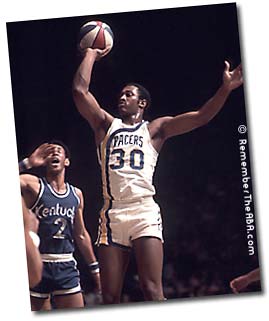 IBJ – Mickey Maurer
IBJ – Mickey Maurer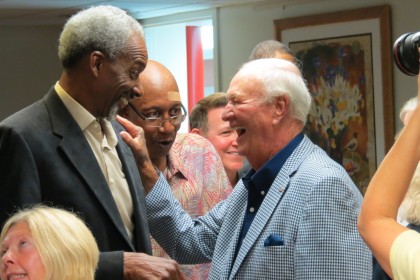 However, the ABA lasted just nine full seasons, from 1967-76. Four teams from the league (the N.Y. Nets, Denver Nuggets, San Antonio Spurs and Indiana Pacers) were absorbed by the NBA, while the rest of the teams ceased operations.
However, the ABA lasted just nine full seasons, from 1967-76. Four teams from the league (the N.Y. Nets, Denver Nuggets, San Antonio Spurs and Indiana Pacers) were absorbed by the NBA, while the rest of the teams ceased operations. In the days following Mel Daniels’ death, friends and former opponents have echoed this same truth. Daniels was a strong man. Strong enough to have had a 48-year dunking shelf life – first rising and slamming as a teenager in Detroit then throwing one down as a 61-year-old man with an AARP card, because he wanted to show he still had it.
In the days following Mel Daniels’ death, friends and former opponents have echoed this same truth. Daniels was a strong man. Strong enough to have had a 48-year dunking shelf life – first rising and slamming as a teenager in Detroit then throwing one down as a 61-year-old man with an AARP card, because he wanted to show he still had it. Washington Post
Washington Post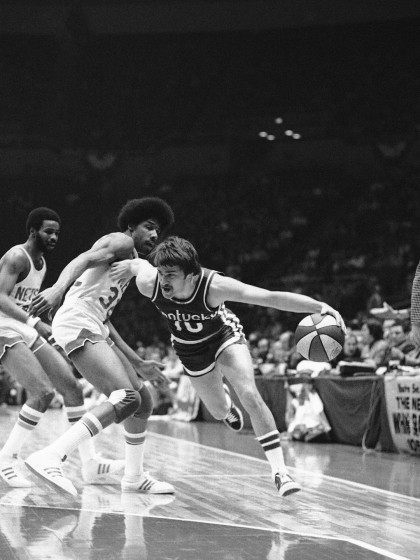
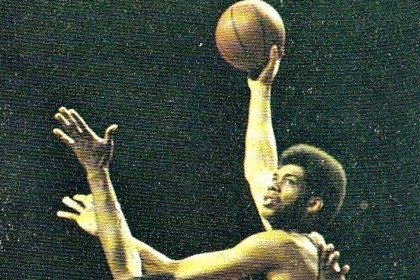 SB Nation
SB Nation